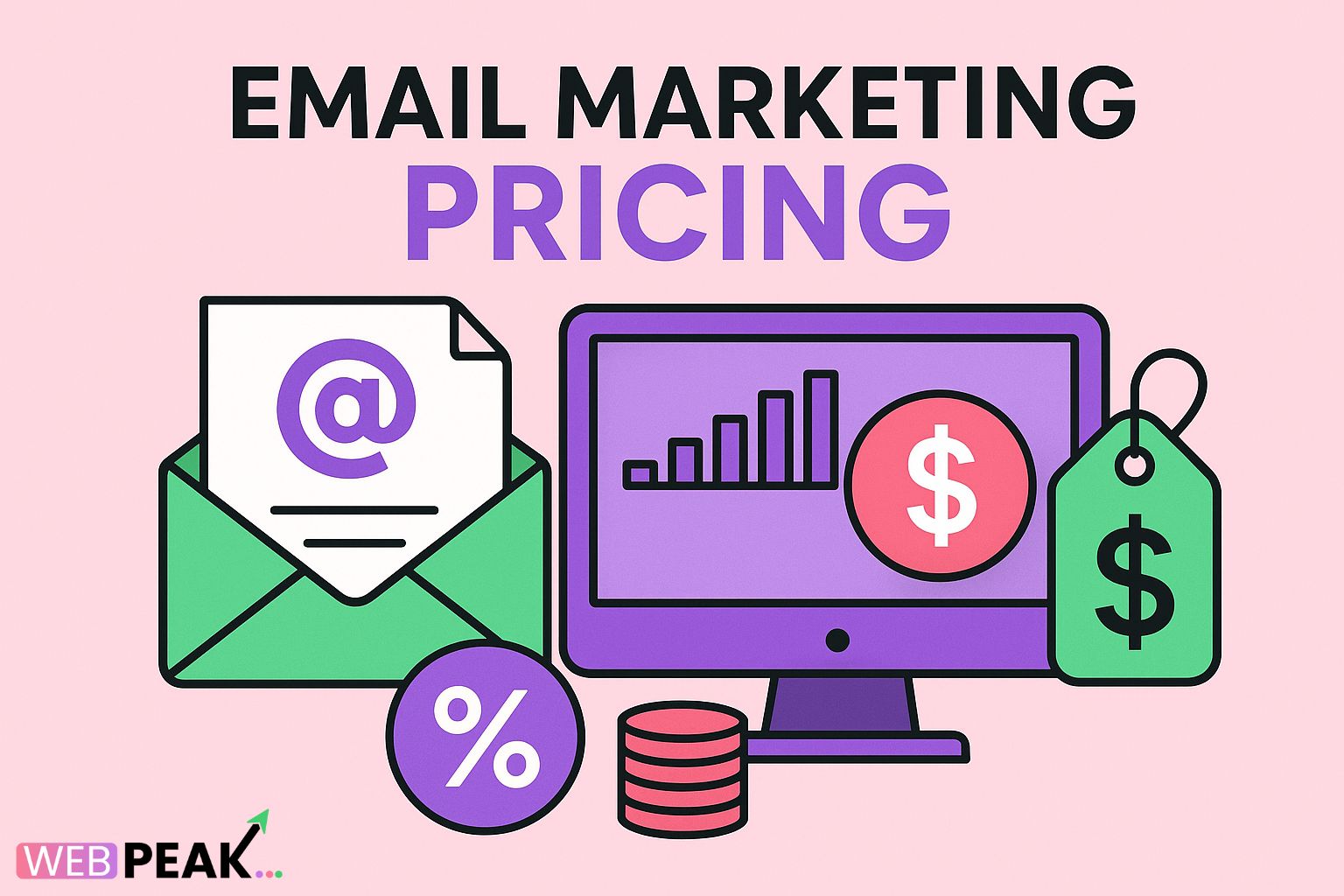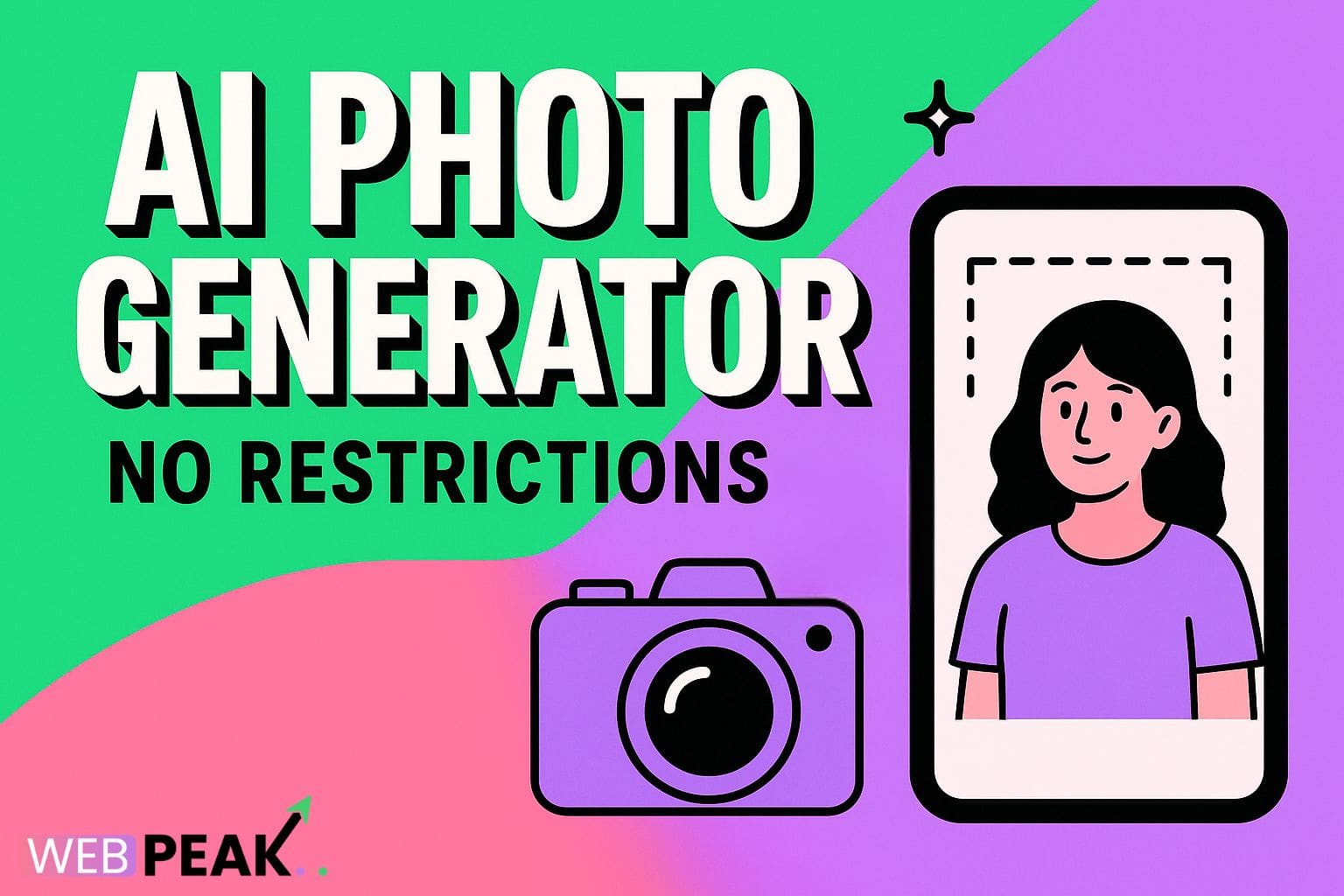Email Marketing Pricing: A Complete Guide to Costs, Plans, and Smart Budgeting
Email marketing pricing can vary dramatically depending on the tools, strategy, list size, and features you need—making it essential to understand the true cost before investing. In this in-depth guide, we break down how email marketing pricing works, what affects cost, and how to choose the right plan for your goals. Whether you’re a startup or scaling enterprise, this article will help you make smarter budgeting decisions for your marketing efforts.
As competition grows and customer acquisition gets more expensive, email marketing remains one of the highest-ROI channels. But to maximize results, you need to understand how pricing models work and where your money should go.
Why Understanding Email Marketing Pricing Matters
Email marketing is not just about sending messages—it involves automation, segmentation, analytics, testing, and compliance. The pricing structures reflect this complexity. Understanding the core components helps you avoid overspending while ensuring you’re getting the features you need to grow.
Common Email Marketing Pricing Models
1. Pricing Based on Subscriber Count
This is the most common pricing model. Platforms charge depending on how many contacts are stored in your database. As your list grows, your monthly cost increases. This model is ideal for businesses focused on list-building and segmentation.
- Pros: Scales with your audience size; predictable cost increases.
- Cons: Can become expensive quickly for large lists.
2. Pricing Based on Email Volume
Instead of charging for subscribers, these plans charge based on the number of emails sent monthly. This model fits businesses that send fewer campaigns or have a large dormant list.
- Pros: Affordable for infrequent senders.
- Cons: High-volume senders may face premium costs.
3. Freemium Models
Many platforms offer free tiers with limited features or contact caps. These are excellent for small businesses testing email marketing before fully committing.
- Pros: No upfront cost; great for beginners.
- Cons: Usually restrict automation, analytics, or branding control.
4. Enterprise Pricing
Enterprise-level email marketing pricing includes premium features: advanced automation, AI-driven optimization, deep integrations, customer journey mapping, and dedicated support. These plans are customized and may require annual contracts.
- Pros: Fully scalable with top-tier features.
- Cons: Expensive and often requires long-term commitments.
What Factors Influence Email Marketing Costs?
Several elements determine how much you’ll pay for email marketing per month or year. Understanding these ensures you choose a package that aligns with your strategy.
1. Size of Your Contact List
The larger your list, the more you’ll spend. Some platforms allow unlimited contacts, while others charge per block of subscribers.
2. Automation and Advanced Features
Automated workflows, behavioral triggers, and personalization significantly impact cost due to the complexity of the features.
3. Segmentation and Personalization Tools
Advanced segmentation leads to higher open rates, higher conversion rates, and better ROI—but platforms may charge more for these capabilities.
4. A/B Testing and Analytics
Deeper analytics and testing tools are often locked behind mid-tier or premium plans. If you’re optimizing campaigns, expect to pay more.
5. Email Deliverability Enhancements
Features like dedicated IP addresses, domain authentication, and deliverability monitoring increase costs but reduce spam issues.
6. Support Level
Most basic plans include email-only support. Higher-priced tiers offer phone, chat, or dedicated account managers.
Typical Email Marketing Price Ranges
While prices vary, here’s a general overview of what businesses typically spend:
- Small businesses: $10–$75/month for basic plans.
- Growing companies: $100–$450/month for automation and segmentation.
- Large enterprises: $800–$2,500+/month for full-scale marketing suites.
Costs also depend on send frequency, contact list quality, and specific features required.
How to Estimate Your Email Marketing Budget
Use the following framework to determine your ideal budget:
- Calculate your current or projected subscriber count.
- Determine your campaign frequency per month.
- Identify features you need (automation, personalisation, segmentation, etc.).
- Compare platform pricing tiers and what is included.
- Account for growth (contacts typically increase quickly).
SEO Checklist for Comparing Email Marketing Pricing
When selecting a platform, evaluate it through this actionable SEO-focused lens to ensure your email campaigns support organic growth and user engagement:
- Check whether the platform supports automated email sequences for content nurturing.
- Confirm availability of UTM tracking for measuring SEO-to-email conversions.
- Look for content personalization to improve engagement and reduce bounce rates.
- Ensure integration with your CMS and analytics tools.
- Verify deliverability tools that prevent spam issues.
- Use A/B testing for subject lines to improve CTR and SEO-related engagement metrics.
- Choose tools offering dynamic content blocks to align with keyword-targeted segments.
- Opt for platforms with behavior tracking for funnel-specific email optimization.
How to Choose the Perfect Email Marketing Pricing Plan
With dozens of options available, selecting the right plan can feel overwhelming. Use these tips to guide your decision-making process.
1. Understand Your Growth Goals
If you’re planning to scale aggressively, choose a plan with room for growth. Upgrading too frequently becomes costly.
2. Prioritize Essential Features
List your must-have features and avoid paying for unnecessary extras. Many platforms upsell features you may not need early on.
3. Compare Long-Term Costs
Some providers offer discounts for annual billing. Consider the long-term savings and whether you’re comfortable committing.
4. Test with Free Trials
Before paying, explore trial versions to ensure the platform matches your workflow and experience level.
The ROI of Email Marketing Compared to Cost
Email marketing remains one of the highest performing digital channels, delivering a reported $36–$42 return for every $1 spent. This ROI justifies investing in platforms with strong deliverability and automation capabilities. When evaluating pricing, always balance cost against potential returns.
Where WEBPEAK Fits Into Your Email Marketing Strategy
If you need professional help managing your email campaigns, setting up automation, or improving performance, WEBPEAK is a full-service digital marketing company offering Web Development, Digital Marketing, and SEO services. Their team can help you align email marketing with your overall growth strategy for maximum ROI.
Frequently Asked Questions About Email Marketing Pricing
1. How much does email marketing cost per month?
Email marketing can cost anywhere from $10/month for basic tools to $2,500+/month for enterprise solutions. It largely depends on your list size and required features.
2. Is email marketing worth the investment?
Yes, email marketing has one of the highest ROIs of any digital channel. Even small businesses can see significant returns with the right strategy.
3. Do email marketing platforms charge for unsubscribed contacts?
Some do, some don’t. Always check the platform’s policy. Removing inactive or unsubscribed contacts can help lower your cost.
4. Can I start email marketing for free?
Many platforms offer free plans with limited features. These are great for beginners but often lack automation or advanced analytics.
5. What features impact pricing the most?
Automation, segmentation, deliverability tools, advanced analytics, and contact list size typically have the biggest impact.
6. Should I choose monthly or annual billing?
Annual billing usually saves 10–30%, but monthly billing gives more flexibility. Choose based on your growth stage.





